Evolution of Cannabis Culture
Cannabis in American culture has evolved from its humble beginnings.
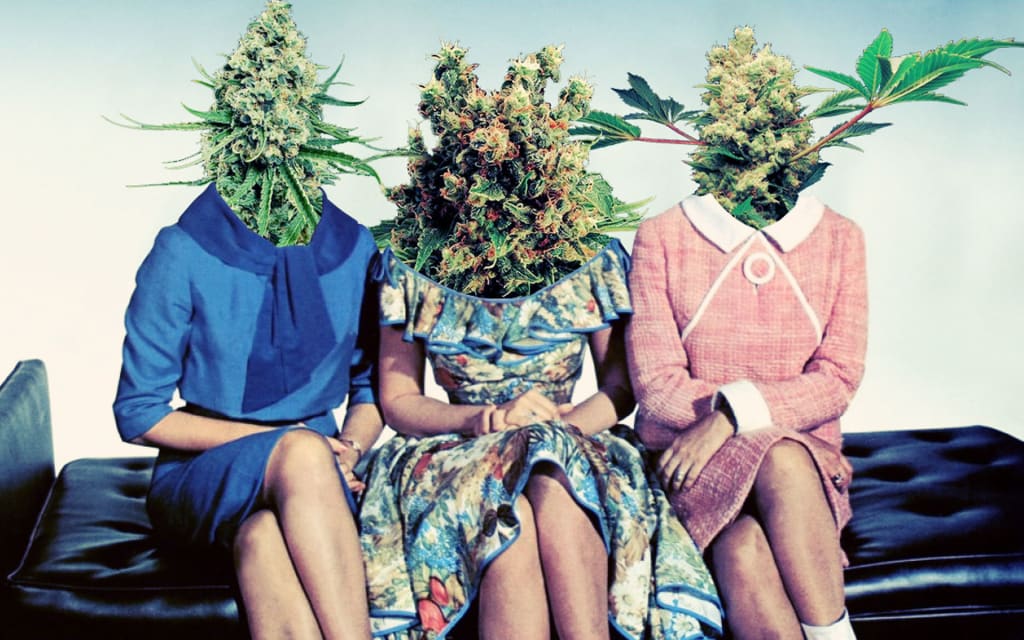
Cannabis is the most publicized vegetable in history. From Madison Avenue ad agencies to the swift and deft legalization movement, marijuana is on everyone’s mind in one way or another. It also grows in virtually every country and climate. It literally grows on the streets of North Korea. The plants are quite graceful to see as well, sinuously waving on their flexible stalks with long serrated leaves, much like bamboo. Perhaps such a sight inspired the underground interpretation of Bob Dylan's phrase "The answer, my friends, is blowin' in the wind, the answer is blowin' in the wind".
Not only is cannabis a world-wide crop, but it is one of the substances found in the earliest traces of civilization. Almost all the peoples of the ancient world in the Mediterranean basin–Greeks, Scythians, Assyrians, Mesopotamians, Iranians et al-used the plant for "magical" properties, ascribing to it mythological and divine origins.
There has been much speculation in scientific circles about some sort of "consciousness awakening" experience among primates before the evolutionary emergence of homo sapiens (witness Stanley Kubrick's now famous "monods" from 2001: A Space Odyssey). It is not too far-fetched to postulate that an ape, whose brain was sufficiently developed to profit by the experience, one day discovered and ate some wild cannabis plants. The resulting ecstasy and mind expansion lifted him to a new level of consciousness and self-awareness. The experience was repeated, shared with his immediate family, and the first tribe of self-conscious primitive but "human" beings came into being, in theory.
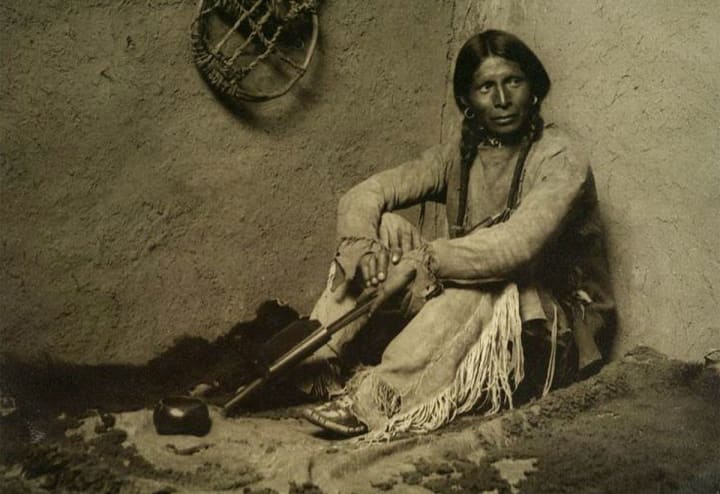
Photo via CannaBusiness
Planting the Seed
As a medicinal drug, cannabis is described in antique Chinese texts for its sedative, pain-killing, sleep-inducing, diuretic, etc., properties. Under the name "Soma" it figures in Indian religious texts written and sung 3,000 years ago. The ancients often partook of the experience by throwing whole plants on raised grates above burning coals and inhaling the clouds of smoke that resulted. The seeds, which are much slower to burn than the leaves and flowers, would fall among the ashes, and cannabis seeds were discovered in ashes dating from the 5th century B.C. in tombs opened near Brandenburg, Germany.
A second discovery about cannabis was that the fibers could be used for ropes and clothing, and for this purpose the most respected and acceptable name of "hemp" has been used. In the light of these ancient origins, and the information is copious for anyone who has the curiosity, the sudden surfacing of marijuana in contemporary society raises the question whether we are only now seeing what has been there all along. Today, at least 140 million Americans - 44% - admit to trying marijuana, up from 12 million - 12% - in 1969.
George Washington grew marijuana on his plantation at Mount Vernon for purposes of smoking. Three references in his diaries talk about planting and then separating the male and female plants—a useless and wasteful operation if hemp is grown for rope, but essential for good smoking marijuana since the most potent part of the plant is the unfertilized female leaf tips and the clusters around the seeds. This is the only part of the plant harvested and sold in Mexico, the rest being discarded.
The Native Americans also took marijuana, as well as peyote and other natural hallucinogens. One of the sights that amazed the early settlers was that of an Native American filling his long pipe, taking several long puffs and then falling into an ecstatic swoon for hours at a time—stoned out of his mind. Like the Asians and ancient Mediterranean civilizations, the American Indians also ascribed divine origins and properties to the plant.
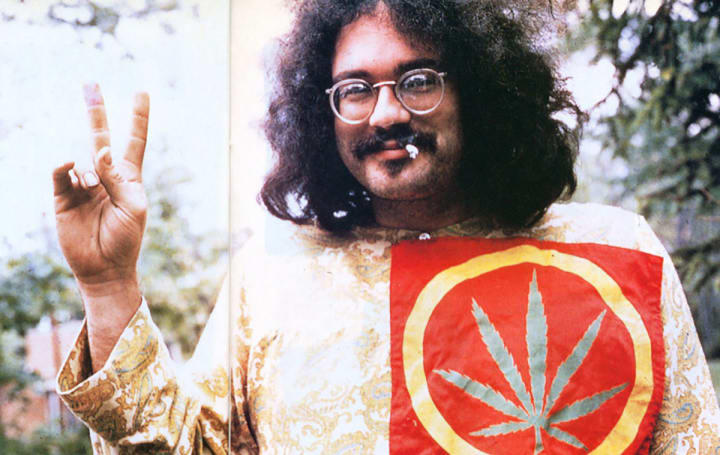
Photo via Sensi Seeds
Cannabis In American History
Other clues point to long underground use of marijuana in American history. For example millions of packages of paper for rolling cigarettes are sold in the United States year after year, while the sale of loose smoking tobacco is minute in comparison. Then there is the impressive number of different names for marijuana used in the United States alone. A partial list includes: marijuana, marihuana, weed, cannabis, grass, tea, pot, dope and reefer (in vogue in the 1930s, especially referring to cigarettes). Basically, the more people. There is no universally accepted account of the effect of marijuana. The New York Times described it as "a change in perception resulting in euphoria". Investigators who published their findings, unaffected by political pressures, as reported during a PBS documentary on marijuana, feel that the active element in the plant increases the ease with which impulses pass along the nerve fibers to the brain.
Not only does the brain receive the impressions of external reality more quickly but it receives many of the subtle impressions previously screened out. This corresponds well to the experience universally described by even casual users of becoming fascinated with things that previously seemed uninteresting or escaped their notice altogether. The sudden luxurious profusion of impressions, and the resulting extraordinary association of ideas account in part for the "storms of laughter, ecstatic reveries and extensions of one's personality on several simultaneous planes" that Alice B. Toklas promises (in her now famous recipe for hashish brownies) are to be "complacently expected". Each individual has his own way of describing being high.
Historians have given a final explanation of the sudden popularity of marijuana in America in the 1960s. The first is that children of an affluent middle class were brought up instilled with fundamental American ideals of personal liberty and the pursuit of happiness, and encouraged to explore their personalities and "find themselves." Secondly, these essentially happy, if sometimes mixed up, young people found themselves in an “adult" reality that contradicted the ideals they had been taught: racial discrimination, financial exploitation and the incomprehensible Vietnamese conflict. Thirdly, their affluence has allowed them to travel to places, like Mexico and North Africa, where marijuana of superb quality is available and commonly employed. Fourthly, the relaxation of certain racial barriers brought them into contact with minority cultures, like the black and Caribbean, for whom the use of marijuana has been an historical practice.
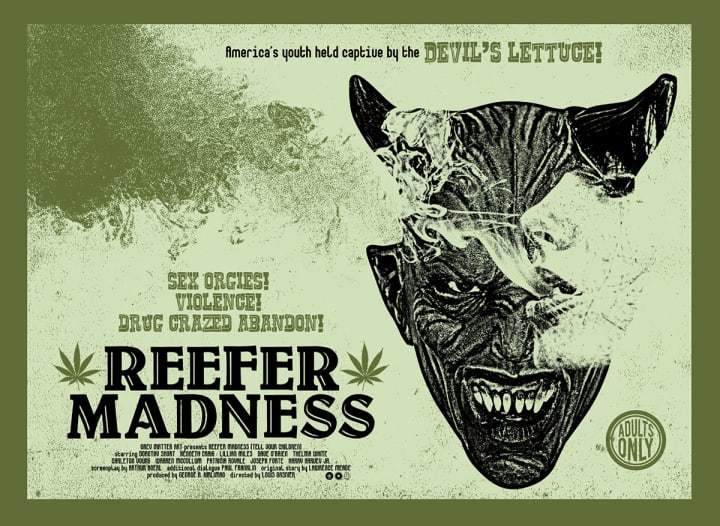
Poster by Chris Garofalo
Reefer Mad Men
American youth are a big target of Madison Avenue, of advertising, which as much as any other single force has opened the American consciousness to the possibilities of "turning on". "Our soft drinks taste better!" "Our cigarettes smoke smoother!" "Our aspirin work faster!"
This imprecise use of language (Better than what? Smoother than what? Faster than what?) sowed doubts against which they tried to defend themselves and their culture by uncompromisingly harsh judgments about advertising in general. But consider the effect on the naive and open-minded. "Better Smoother! Faster!" This is language used with a dynamic freedom of spirit, as attractive as an airplane taking off.
Advertising helped open the mind of a generation to consciousness-expanding experiences, and meanwhile the campus-limited folk music scene exploded into the national business of rock music. The marginal drug scene of the beat era (at Harvard in 1960, perhaps 50 students in 4,000 had any contact with marijuana, whereas by 1967 when the Harvard Medical School did its study the doctors had difficulty in finding any students who hadn't tried it) has proliferated to include well over half of all college students. The lost unhappy beatnik of the '50s was replaced by the colorful, ecstatic hippie, and Madison Avenue without missing a beat took the cue. Youth as a consumer market has been a multi-billion dollar proposition for some time, but suddenly advertising realized a deeper truth: if you really want to get people don't put them down, don't put them on… turn them on. The power of the ecstatic approach has only begun to be understood.
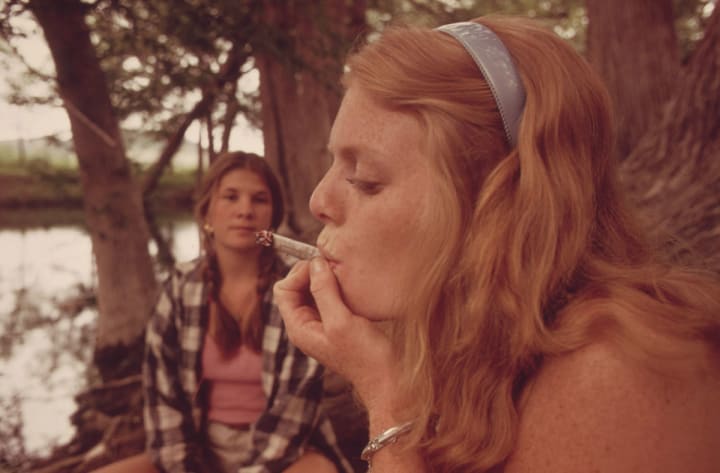
Photo via Complex
What's The New Norm?
For better or worse, in a democracy, numbers hold the final say. Millions of people risk imprisonment in order to use cannabis. The use by college and high school students is widespread, and these youngsters turn into voters. A high school student in Brooklyn recounted to me how a committee of her classmates requested that they be allowed to smoke marijuana in the teachers' lounge. Their request was denied, not because of the drug involved but because, after all, it was a "faculty" lounge.
As mankind evolves, as the nature of our daily work changes from the physical to the mental, as machines, computers and electronics remove the drudgery from our lives, and as we near the magical marking place, the beginning of the third millennium of the calendar, it is not, after all, surprising that the human spirit should turn again to those substances and experiences which helped form the basis of our religions at the beginning of our civilization. Thanks to our mores, and Madison Avenue, "the times they are a changin'". No doubt, in their characteristically slow way, the laws will follow.
About the Creator
Jacob Frommer
A writer who enjoys beer, herring and conversation.


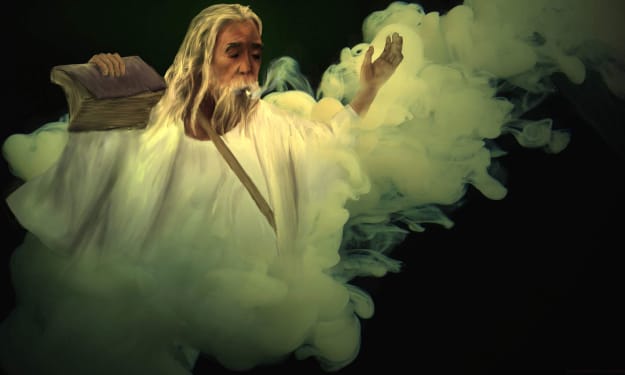



Comments
There are no comments for this story
Be the first to respond and start the conversation.